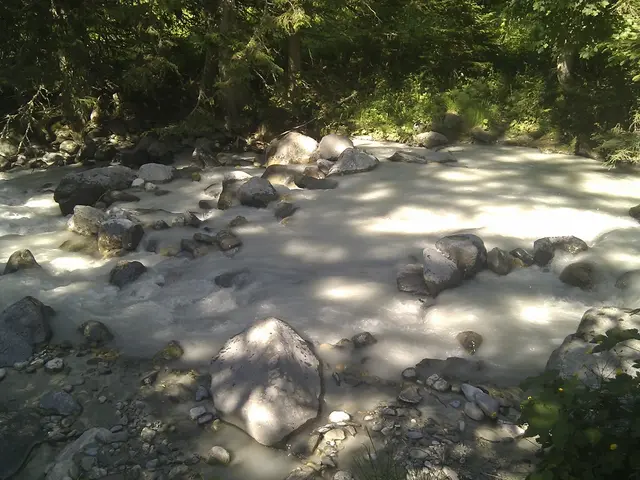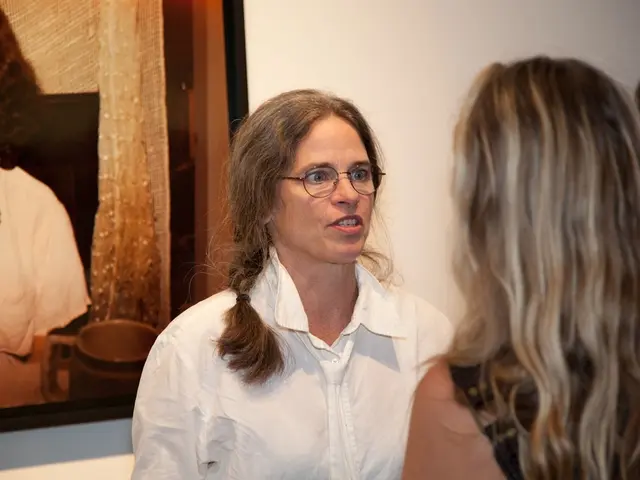Proposal for a Grant centering around "Community-led Environmental Surveillance"
In an effort to create a comprehensive understanding of the current state of the local environment, a new citizen science project has been initiated. The project, led by the Leibniz Centre for Agricultural Landscape Research (ZALF) in Germany, is focused on environmental indicators such as air and water quality, biodiversity, and land use changes.
The primary objective of this project is to empower communities to take an active role in protecting their natural surroundings, ultimately leading to more sustainable practices and policies. To achieve this, the project employs a mixed-methods approach, combining quantitative and qualitative data collection techniques.
Volunteers, who will be recruited through an outreach campaign, will be trained to use standardized protocols for gathering data on various environmental indicators. In addition to quantitative data collection, the project incorporates qualitative methods such as community surveys and interviews.
The project's budget, estimated at $50,000, covers training materials, volunteer stipends, equipment, promotional materials, and community events. Funding for the project is being sought from environmental foundations, local government, community members, and businesses.
The project aims to make a meaningful impact on the environment through collective action and collaboration. To this end, collaborative partnerships will provide opportunities for students to learn about environmental science and contribute data through citizen science activities. The project also aims to partner with local schools, universities, environmental organizations, and government agencies for expertise, additional funding, and volunteer recruitment.
The project is committed to creating a sustainable model for citizen science that addresses immediate environmental concerns and builds long-term capacity for ongoing monitoring efforts. The project will be implemented over a 12-month period, with key milestones including community outreach, volunteer recruitment, training sessions, data collection, data analysis, and a community event to share results.
Data collected will be used to identify trends, assess the impact of various factors on local ecosystems, and inform policy decisions. The project also aims to educate participants about environmental issues, foster a sense of community among participants, and establish long-term monitoring protocols.
A related initiative that complements the project is the Swedish Institute's Creative Force Programme, which supports collaborative projects in environmental science and fosters innovation and community involvement. For more information on the Swedish Institute's Creative Force Programme, readers can access the full article here.
The project will finalize partnerships, secure funding, and launch an outreach campaign to recruit volunteers. By working together, the community can make a significant contribution to understanding and preserving their local environment.
Read also:
- Mourning a Mother's Death: Strategies for Daughters to Find Comfort
- Heed this: There's no more room for turning back.
- Distinguishing between a cold and allergies is crucial for providing relief to your children's respiratory issues
- Turbine operators in Thuringia now face the task of dismantling underpinnings.








